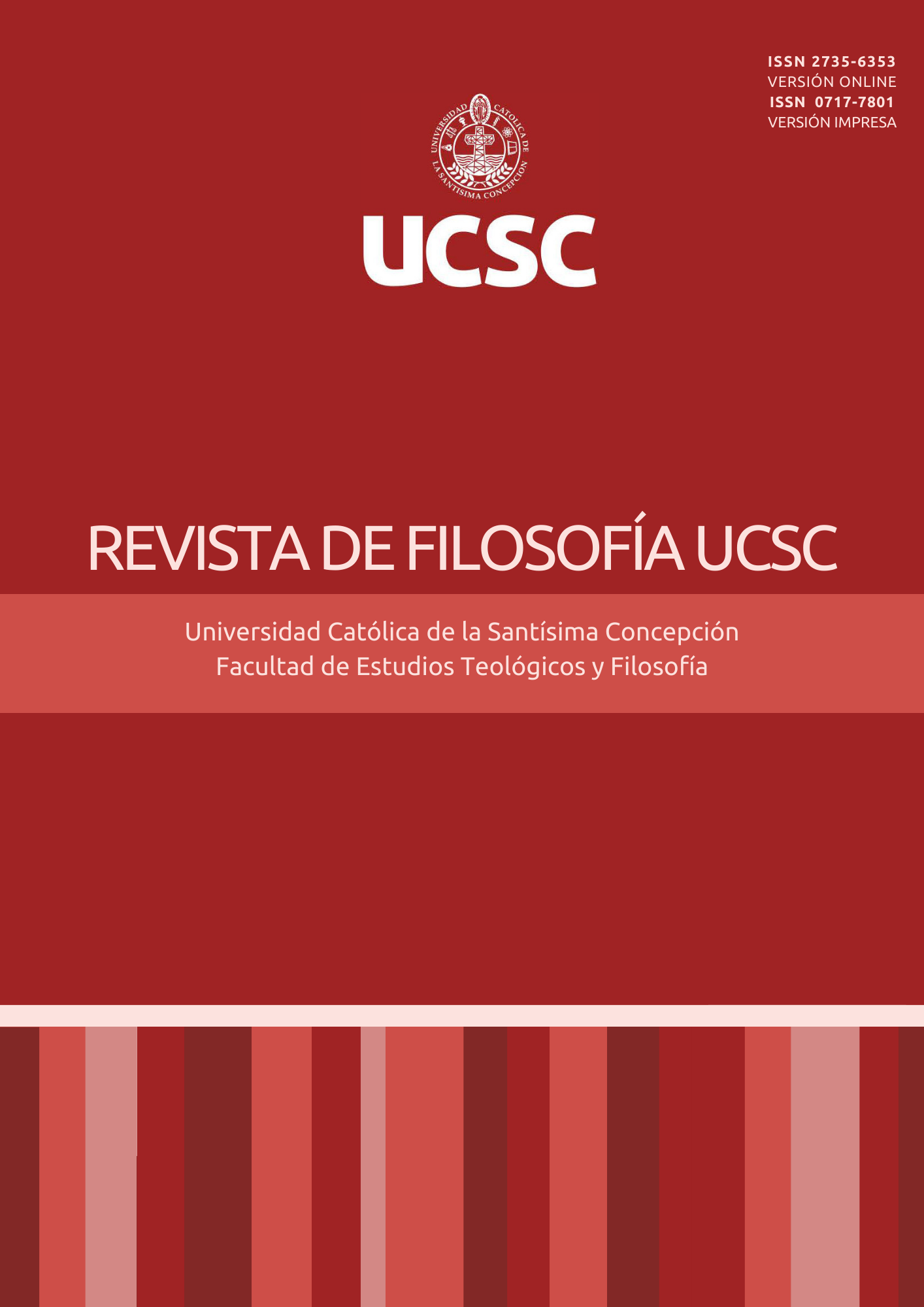El fenómeno doppelgänger en El Extraño Caso del Dr. Jekyll y Mr. Hyde
Contenido principal del artículo
Resumen
El artículo busca analizar dentro de la obra El extraño caso del Dr. Jekyll y Mr. Hyde (2015) de Robert Louis Stevenson (1850-1894), el fenómeno del doppelgänger. Este fenómeno tomó gran predominancia en la literatura del siglo XIX como recurso literario que siguió estando presente en obras posteriores. Por lo que consideramos pertinente iniciar un diálogo ético sobre esta temática, repasando este relato que dio a conocer el fenómeno del doppelgänger al público lector. Así, describiremos primeramente qué es este último, para luego hacerle un rastreo dentro de la obra de Stevenson, destacando sus elementos más relevantes. Finalmente se busca profundizar esta temática del doble relacionándolo con un debate ético que de allí se pueda formar, proponiendo esta misma obra literaria como medio que nos incita y mueve a replantearnos nuestro ser ético en sociedad y considerando aquellos elementos más detestables en nuestra humanidad, contenidos en el doppelgänger. Por último, extendemos este análisis utilizando los Pensamientos (1918) de Blaise Pascal, que nos pueden ayudar a adentrarnos en un área existencial sobre la condición humana y la moralidad.
Detalles del artículo
Sección

Esta obra está bajo una licencia internacional Creative Commons Atribución-NoComercial 4.0.
La Revista de Filosofía UCSC es de acceso abierto y no cobra por publicar en ella. Además, regula su política de Derechos de Autor y de acceso a sus archivos de acuerdo con la Licencia Pública Attribution-NonCommercial 4.0 International (CC BY-NC 4.0), por tanto, se permite compartir (reproducir y distribuir el material en cualquier medio o formato) y adaptar (modificar, transformar y crear a partir del material) siempre y cuando se de crédito adecuadamente, se incluya la cita con los datos correspondientes. Además, no está permitido utilizar el material con fines lucrativos.
Cómo citar
Referencias
Béguin, A. (1989). Pascal. Fondo de Cultura Económica.
Cifuentes J. y Torres J. (2019). “Reflexiones en y para la enseñanza de la historia de la ética”. Hallazgos 16(31), 167-186. https://doi.org/10.15332/s1794-3841.2019.0031.07
Cuadros-Contreras, R. (2019). “Ética y formación de investigadores: la importancia de las virtudes y la sabiduría práctica”. Revista colombiana de educación 1(79), 223-242. https://doi.org/10.17227/rce.num79-7972
Fonseca, T. (2007). “The doppelgänger”. En S. T. Joshi. (ed.), Icons of horrors and the supernatural an encyclopedia of our worst nightmares. (pp. 187-213). Greenwood Press.
García-Huidobro, J. (2005). El Anillo de Giges. Editorial Andrés Bello.
García, M. (2019). “Los espejos y el doppelgänger en el cine y la literatura”. Nexum, 23(114), 12-13. https://www.unla.mx/experiencia-unla/publicaciones#
Gómez, J. Giraldo, C. (2019). “De la ‘Cura amoris’ en Pascal, un vistazo ético-antropológico a ‘Les Pensées’”. Escritos, 27(59), 198-221. Http://dx.doi.org/10.18566/escr.v27n59.a01
Huidobro, V. (1941). Ver y Palpar. Ediciones Ercilla.
Kubrick, S. (Director). (1987). Full Metal Jacket [Nacido para matar] [Película]. Warner Bros Pictures.
Malishev, M. (2009). “Blaise Pascal: el enigma de la caña pensante”. La colmena, 64, 59-67. https://lacolmena.uaemex.mx/article/view/5852
May, W. (2018). “Through the Cheval-Glass: The Doppelgänger and Temporal Modernist Terror in The Strange Case of Dr. Jekyll and Mr. Hyde”. Supernatural Studies 5(1), 121-13. https://www.supernaturalstudies.com/previous-journal-issues/vol-5-issue-1/may
Mijail, M. (2009). Blaise Pascal: el enigma de la caña pensante. La colmena, 64, 59 – 67.
Pascal, B. (1981). Pensamientos. Alianza.
Pennington, J. (1994). “Textual Doubling and Divided Selves: The Strange Case of Dr. Jekyll and Mary Reilly”. Journal of the Fantastic in the Arts, 6(2-3), 203-216.
Stevenson, R. (2015). El Extraño caso del Dr. Jekyll y Mr. Hyde. Espasa.
Vega, N. (2022). “El tema del doble en tres narradores de la Generación del 50”. Letras 93(138), 33-43. https://doi.org/10.30920/letras.93.138.3




